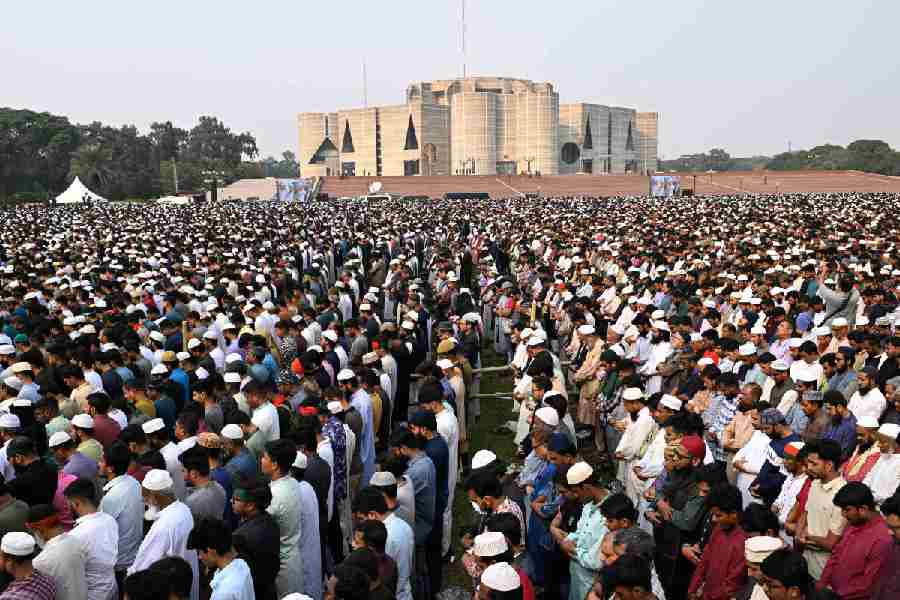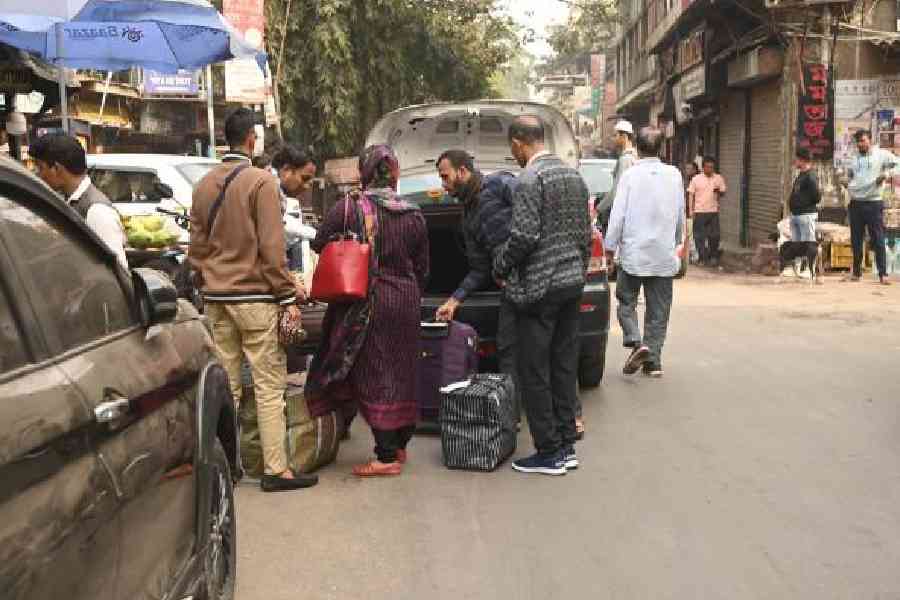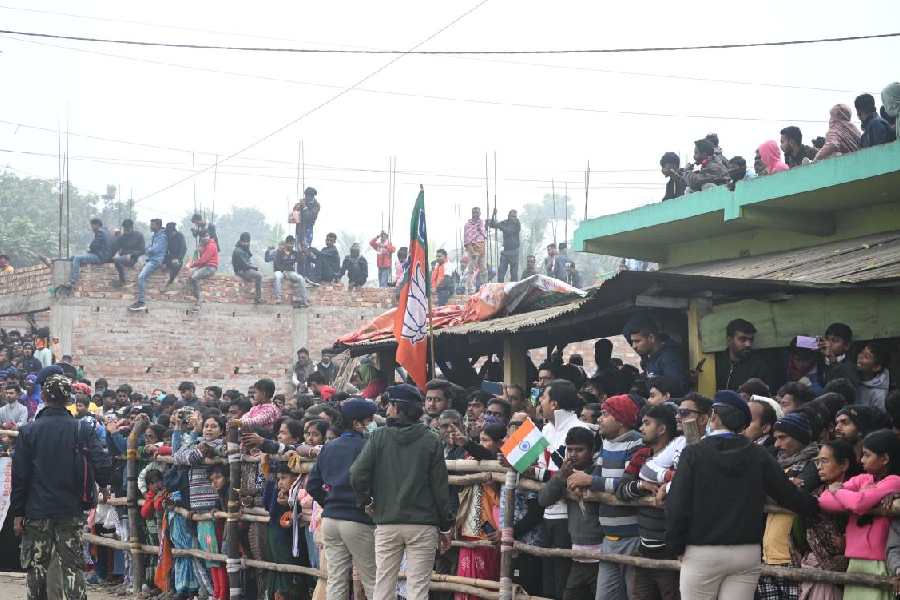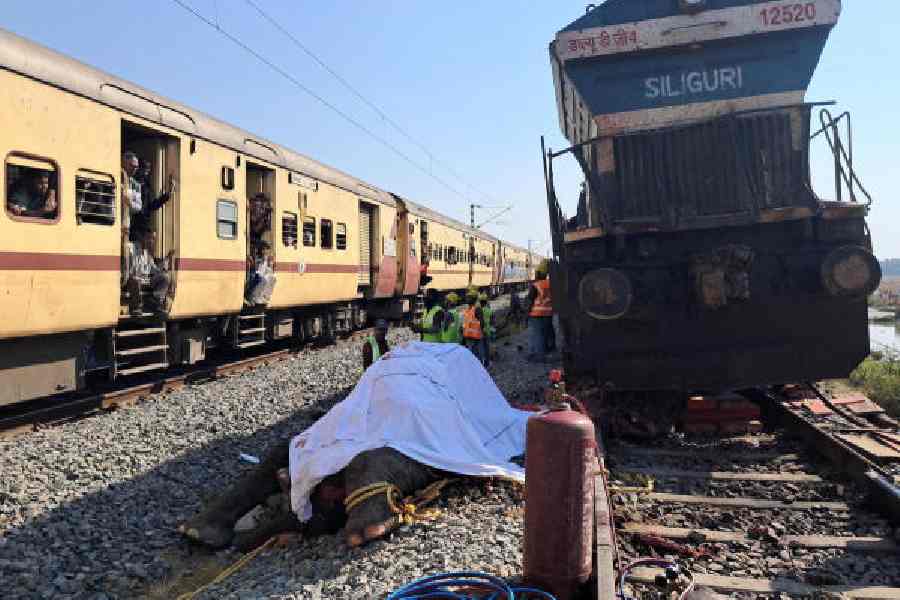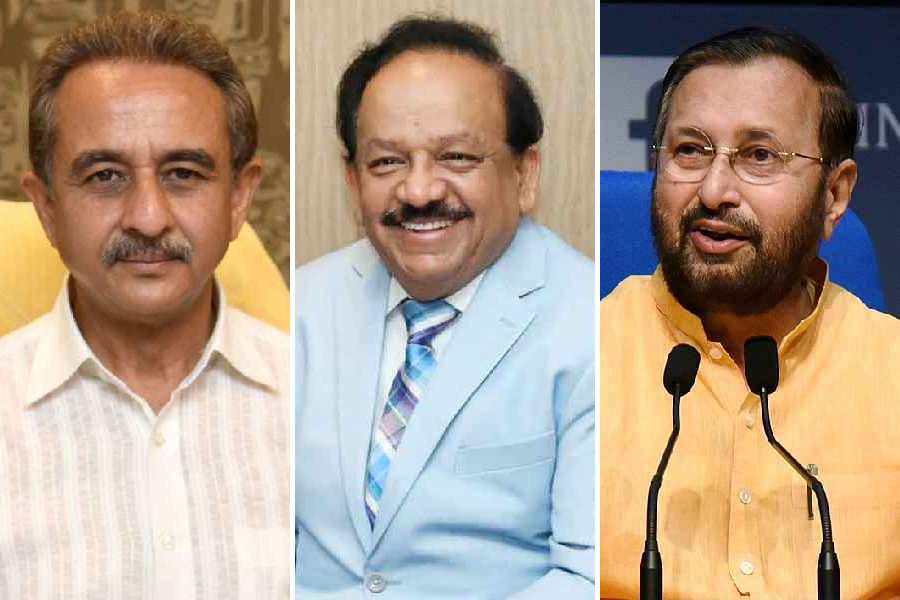 |
| The excavation site at Taradih in Bodhgaya. Picture by Suman |
Patna, Oct. 3: The state archaeology department has come up with quite an unusual reason — ageing of excavators — for a nearly 35-year delay in preparing reports of excavations at Taradih in Bodhgaya and Katraghad in Muzaffarpur.
“The excavations were carried out at Katraghad in the late-1970s and at Taradih throughout the 1980s and the early-1990s. But the excavation reports could not be prepared then. And now, the excavators have grown old,” said Umesh Chandra Dwivedi, deputy director of state archaeology directorate and director of Patna Museum.
“Under such circumstances, we are left with no option but to involve third parties in preparing the excavation reports. We recently invited applications from individuals and organisations interested in preparing the reports,” he added.
The excavations at Taradih in Bodhgaya began in 1982 and continued till 1992. It finally got over in 1997.
Ajit Prasad, then deputy director of the state archaeology department and the principal excavator at Taradih, is, however, not happy with the authorities’ idea to get reports prepared by a third party.
“I had approached the state archaeology department several times for preparing the excavation report for Taradih. Despite my willingness, the department did not show any interest. During most excavations, the report is prepared by an excavator,” he said.
“It is surprising that in the case of Taradih (and Katraghad), the government is planning to involve some third party, who is unaware of the scenario,” Prasad added.
He is now unwilling to approach the government again with a request to prepare the excavation report. “I will not volunteer again to prepare the report for Taradih because there has been no response to my previous proposals,” Prasad said.
Another official from the state archaeology department, on condition of anonymity, said there would be a big question on the authenticity of an excavation report that is not prepared by the excavators. “Only an excavator knows the details of an excavation work. Any other person cannot assess an excavation work with the exactness of that of the excavator,” he said.
One of the features of the excavation carried out at Taradih is evidence of human settlement in Bodhgaya even 2000 years before the arrival of the Buddha. “The excavation had traced human settlements to Bodhgaya during the Neolithic period (3000 BC). Later, evidence of the Chalcolithic and Iron periods were found in Bodhgaya,” Prasad said.
According to sources, the excavation at Katraghad was carried out by the director of the archaeology directorate, Sitaram Rai, between 1975 and 1978. The artefacts found during the excavation revealed human settlement at the site till the second century BC, which is called the Shunga Period.
The sources added that lack of facilities during digging work and frequent transfer of excavators often delayed preparation and publication of excavation reports.
Prasad also cited his transfer to Jharkhand as one of the reasons for the delay in preparing the Taradih excavation report. “I was transferred to Jharkhand in the late 1990’s following the bifurcation of the erstwhile united Bihar. But the Bihar government did not approach me to prepare the report,” said the archaeologist, who retired as the regional deputy director of the Jharkhand archaeology department in 2004.






